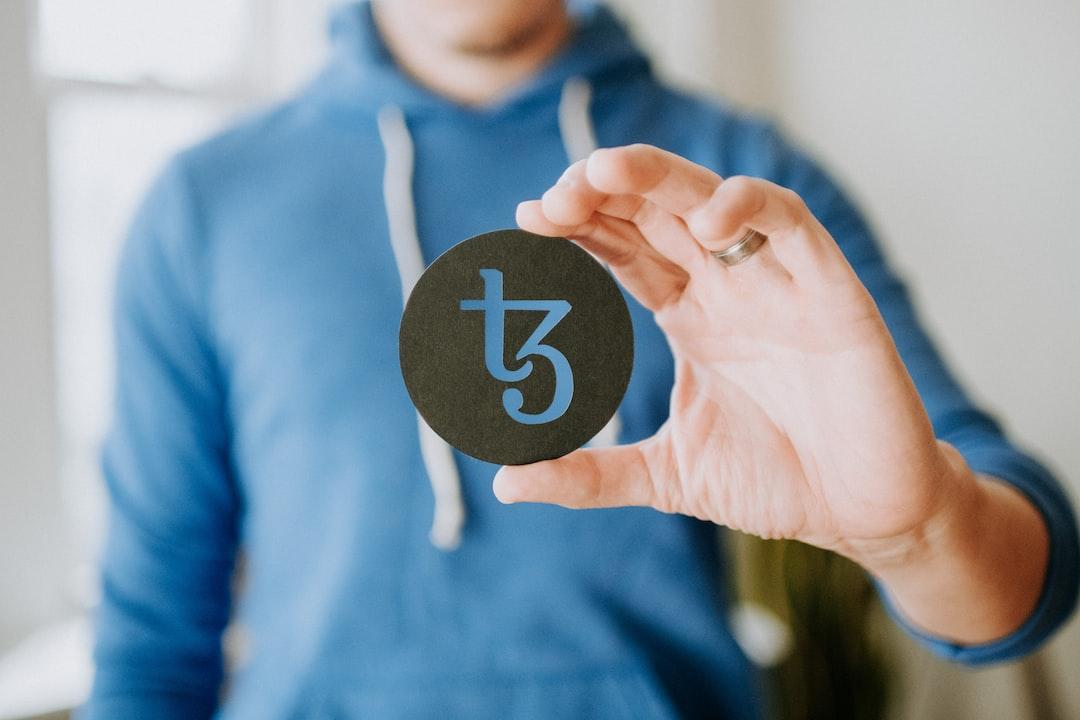Aave’s Latest Roadmap: Aave 2030: V4, Aave Network, and Liquidity Integration
AAVE Protocol AAVE Team Announces Future Development Proposal “AAVE 2030”
The five-year plan includes the launch of Aave V4, Aave Network, new product releases, and rebranding efforts.
Table of Contents
Toggle
Rebranding
Aave V4
Cross-Chain Liquidity Layer (CCLL)
Introduction of GHO for RWA
Aave Network
Firstly, the Aave team will update the branding of the Aave protocol based on community governance results. The previous ghost logo will be replaced with a more modern and simplified design, featuring only the image of an eye.


New AAVE Branding
Building on the foundation of Aave V3, Aave V4 will enhance modularity, optimize capital efficiency, enable dynamic risk allocation, and integrate with other products in the Aave ecosystem, such as GHO and the new product line mentioned below.
Advertisement – Continue scrolling for more content




Recommended Reading:
Aave V3 is finally live on Ethereum! Introduction of three new features significantly reducing gas fees.
One of the most significant architectural changes in Aave V4 is the proposal to introduce a Unified Liquidity Layer, abstracting liquidity. This architecture will allow for easy addition or improvement of any lending module in the future, such as isolation pools, RWA modules, or CDPs, without the need to modify the entire system. This solves the liquidity fragmentation issue that arises from protocol updates in previous versions.


Aave V4 Design: Separation of liquidity pools and functional concepts
(Source: Data Source)
Specifically, compared to previous versions, the new liquidity layer in Aave V4 allows Aave DAO to add new lending modules and remove old ones without migrating liquidity. This eliminates the liquidity fragmentation issue present in Aave V2 and Aave V3 due to version updates.
Recommended Reading:
What is Chain Abstraction? Comprehensive improvement of user experience beyond account abstraction.
For more details about the updates in Aave V4, please refer to the proposal content. The prototype for Aave V4 is expected to be completed by the end of this year, with the full code release planned for the second quarter of next year, subject to further community governance decisions.


Overview of New Features in Aave V4
Cross-Chain Liquidity Layer (CCLL)
When Aave V3 was launched, one of the main features introduced was the Portal, which allowed users to significantly reduce cross-chain transaction times by utilizing liquidity pools across different networks. However, this feature still relies on several trust assumptions and carries certain risks.
With the maturity of CCIP, superchains, and the unified liquidity layer technology in V4, Aave can become a fully cross-chain liquidity protocol, creating a more secure Cross-Chain Liquidity Layer (CCLL) to replace the existing Portal product. This infrastructure presents a potential revenue source for Aave.
Recommended Reading:
Chainlink launches cross-chain bridge “Transporter” based on CCIP protocol.
Aave sees its stablecoin GHO as a key tool for introducing RWA (Real World Assets) into the Aave ecosystem. After the release of Aave V4, the team plans to focus on innovative solutions based on RWA-related products, utilizing GHO in the design. This concept is still in the ideation phase, and Aave will collaborate with Chainlink on this functionality.
Aave team envisions the development of an Aave Network, which can serve as the primary hub for Aave and GHO while maintaining a multi-chain service for the protocol. The team states that this network can be used for various purposes, meeting the common demands of Aave users, such as serving as the main voting network for Aave Governance V3 or as the primary hub for Aave’s cross-chain strategy, building existing products on its own app chain.
Recommended Reading:
Comprehensive introduction to Aave Governance V3’s features and processes.
Although Ethereum will remain a crucial settlement layer for Aave DAO and Aave governance, the Aave Network offers more possibilities and benefits, including:
– Using GHO for fees: Using Validium on the Aave Network can enable efficient microtransactions to improve user experience.
– Integrating Aave V4 liquidity: Integrating Aave V4 liquidity into the network provides developers with easier access.
– AAVE staking: Requesting validators on the network to stake AAVE tokens to increase token utility.
The Aave team will closely monitor the technical developments of future Layer 1 and Layer 2 networks before deciding how to implement Aave Network.
Aave
Aave Governance V3
Aave Network
Aave V4
GHO


Further Reading:
Aave’s parent company rebrands as “Avara” and acquires crypto wallet developer Family.
Aave’s overcollateralized stablecoin GHO officially launches! Pledgers can receive up to 30% interest rate discount.
